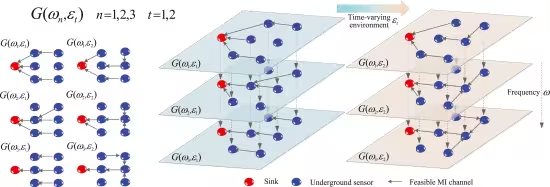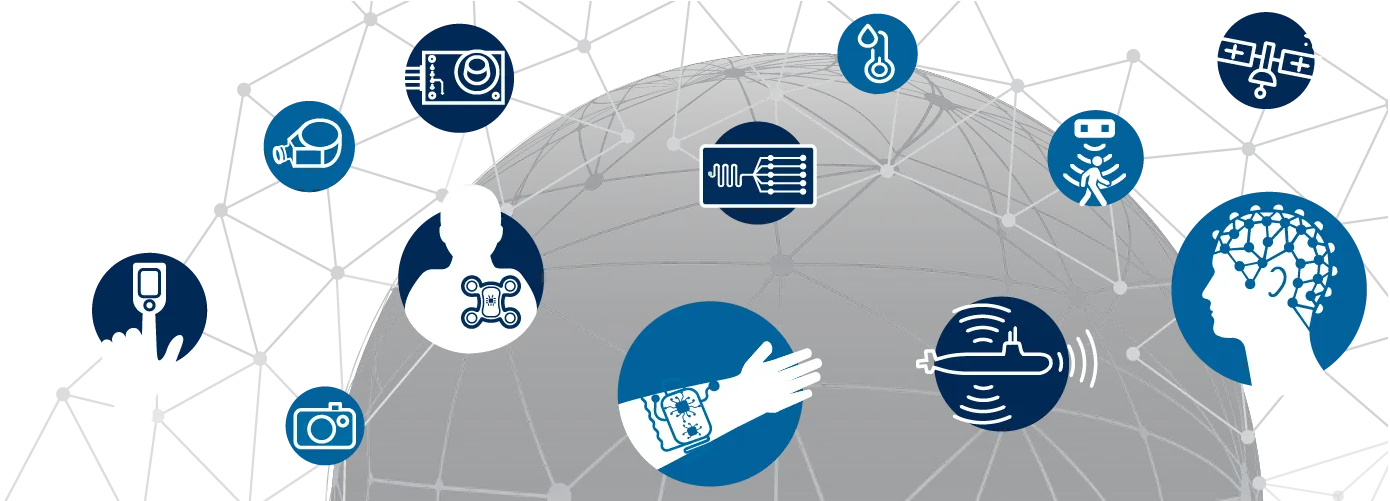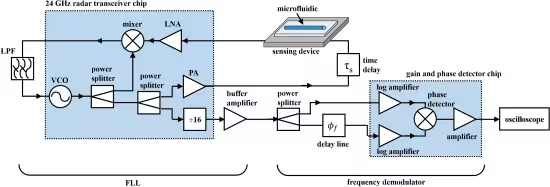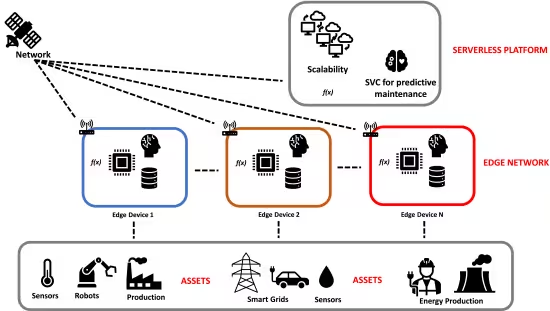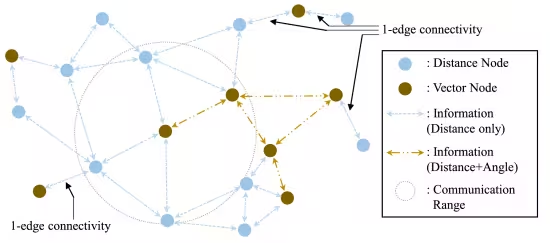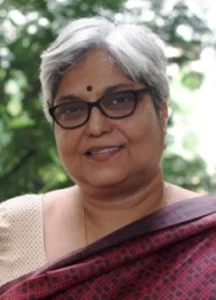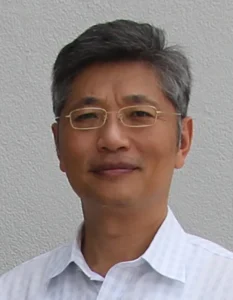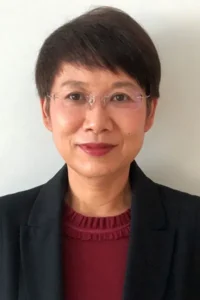Menu
IEEE Journal of
Selected Areas in Sensors
The IEEE Journal of Selected Areas in Sensors (JSAS), a new 100% open access technical journal, publishes papers in all areas of the field of interest of the IEEE Sensors Council, i.e., the theory, design, simulation, fabrication, manufacturing and application of devices for sensing and transducing physical, chemical, and biological phenomena, with emphasis on the electronics, physics and reliability aspects of sensors and integrated sensor-actuators. The Journal is built exclusively from papers on selected topics of current interest to the Sensors community.
Submit ManuscriptVolume Highlights
Latest Articles
For Authors
Please prepare your manuscript according to the Guidelines for Authors.
IEEE JSAS only publishes special sections. Please submit your manuscript to an open special section via IEEE Authors Center.
Current Special Sections
15
SEP
Emerging Technologies in Sensor Networks
Submission Deadline: September 15, 2023
30
SEP
Emerging Technologies in Electromagnetic Wave-based Sensing and Imaging
Submission Deadline: September 30, 2023
29
Integrating Sensing and Communication for Intelligent Internet-of-Things
Submission Deadline: February 29, 2024
Editorial Board
Articile Influence Score
4.298
Citescore
21.6
Submit a manuscript now
Submit Now

